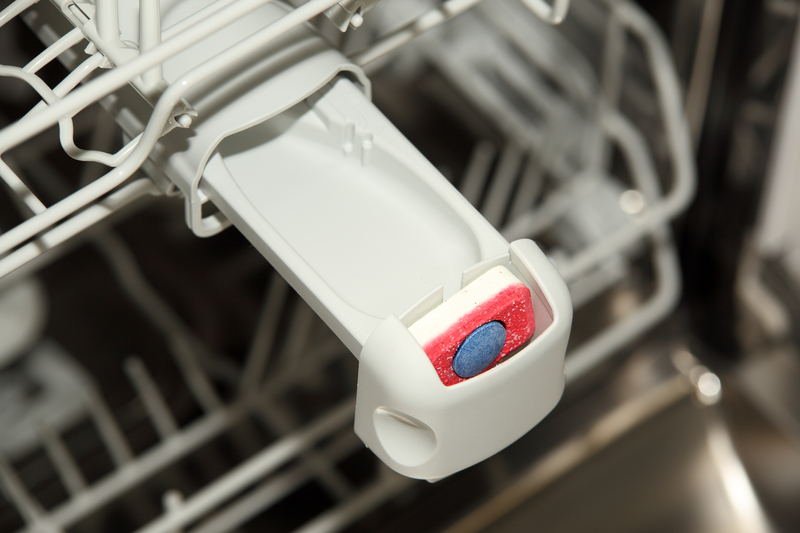How to Fill Gaps in Wood Floors
Posted on 09/03/2025
Wood floors add a touch of elegance and warmth to any home, but over time, they may develop gaps due to a variety of reasons such as humidity changes, seasonal movements, or age. Large gaps can not only affect the aesthetic appeal but also lead to further damage if left unaddressed. This article will walk you through the steps of how to effectively fill gaps in wood floors, ensuring your flooring remains beautiful and functional.
Understanding the Causes of Gaps in Wood Floors
Before addressing how to fill the gaps, it is important to understand why they occur in the first place. Wood is a natural material that expands and contracts with changes in humidity and temperature. During dry seasons, the wood contracts, causing gaps, while in more humid conditions, the wood expands back. Other reasons could be poorly installed flooring, age-related wear and tear, or settling of the house.

Tools and Materials You'll Need
To fill the gaps in your wood floors, you'll need the following tools and materials:
- Wood filler or wood putty
- Putty knife
- Sandpaper or an electric sander
- Vacuum cleaner
- A damp cloth
- Protective gloves
- Stain or sealant (if needed)
Steps to Fill Gaps in Wood Floors
1. Clean the gaps
Before filling the gaps, thoroughly clean them. Use a vacuum cleaner to remove dirt, dust, and debris that have settled into the gaps. You can use a putty knife to remove any larger pieces that are stuck. This ensures that the filler adheres properly.
2. Choose the right filler
Select a wood filler or wood putty that matches the color of your floor. Wood fillers come in various tones; it's crucial to choose the one closest to your floor color for a seamless look. Some wood fillers can be stained or painted over, allowing you to match the floor exactly.
3. Apply the wood filler or putty
With a putty knife, start applying the wood filler or putty into the gaps. Make sure to press it deeply to fill the entire gap. Smoothen the surface of the filler with the knife, removing any excess material.
4. Let it dry
Allow the filler to dry completely. Drying times can vary depending on the type of filler used, so refer to the product's instructions. Ensure that it is fully cured before proceeding to the next steps.
5. Sand the surface
Once the filler has dried, sand the surface to make it level with the surrounding wood. You can use sandpaper or an electric sander for this process. Sand gently to avoid damaging the wood around the gaps.
6. Clean again
After sanding, clean the floor again to remove dust and residue. Use a vacuum cleaner first, followed by a damp cloth to pick up finer particles.
7. Apply stain or sealant
If needed, apply a stain that matches your wood floor to the filled areas. After staining, seal the areas with a suitable sealant to protect the wood. This step helps to blend the filled gaps with the rest of the floor, giving it a uniform look.
Pros and Cons of Filling Gaps in Wood Floors
Pros:
- Enhances the aesthetic appeal of the floor.
- Prevents dirt and debris from accumulating in the gaps.
- Protects the floor from potential damage.
- Helps in maintaining the longevity of the flooring.
Cons:
- Can be a time-consuming process.
- Requires precise color matching for a seamless appearance.
- In some cases, filling gaps may need to be repeated over time due to continuous wood movement.
Tips for Maintaining Wood Floors
- Maintain consistent humidity levels in your home to prevent wood contraction and expansion.
- Clean your floors regularly to prevent debris from accumulating in gaps.
- Use protective pads under furniture to avoid scratches and dents.
- Reapply stains and sealants periodically to maintain the protective layer and aesthetic appeal of your wood floors.

Takeaways
Filling gaps in wood floors is essential for both aesthetic and practical reasons. Understanding the causes and selecting the right tools and materials are crucial steps. Follow the detailed steps to fill the gaps effectively, ensuring to clean, fill, sand, and reapply stains or sealants as needed. Finally, maintaining your wood floors can help prevent future gaps and ensure they remain beautiful for years to come.
Conclusion
Taking care of your wood floors by filling gaps effectively can extend their lifespan and retain their charm. By following the steps outlined in this article and maintaining your floors with care, you can enjoy the elegance and warmth of wood flooring in your home for many years. Whether you're an experienced DIY enthusiast or a beginner, filling gaps in your wood floors can be a rewarding project that enhances the beauty and functionality of your living space.

